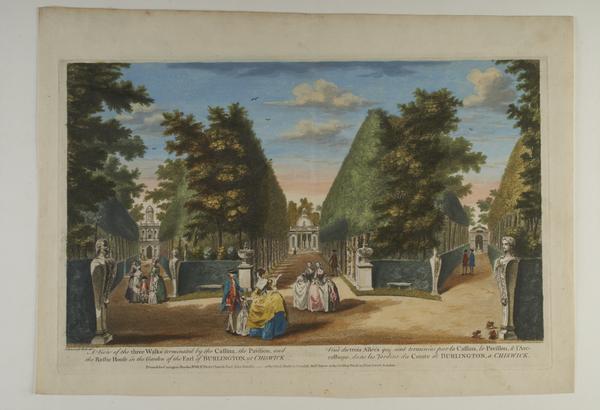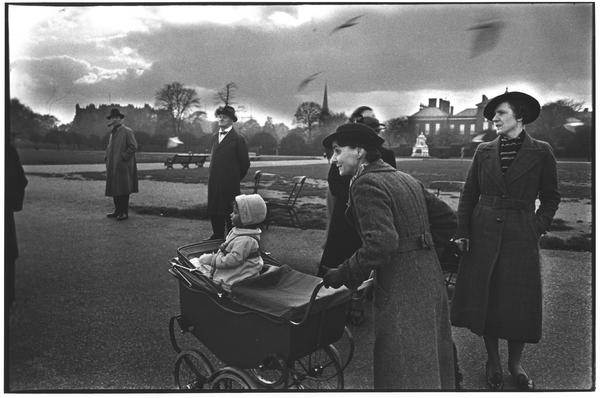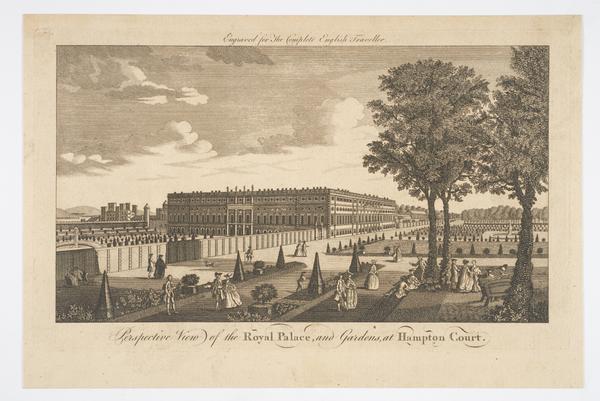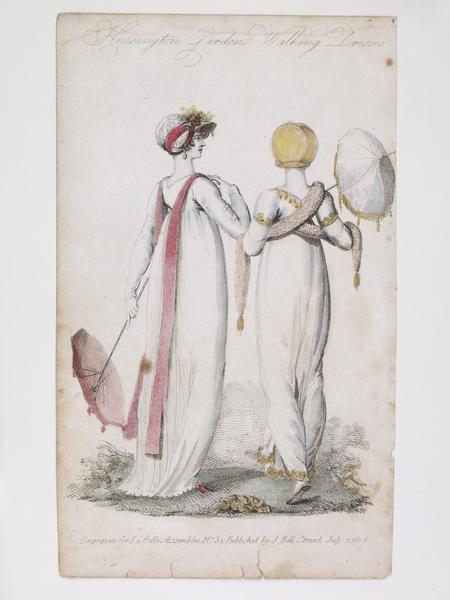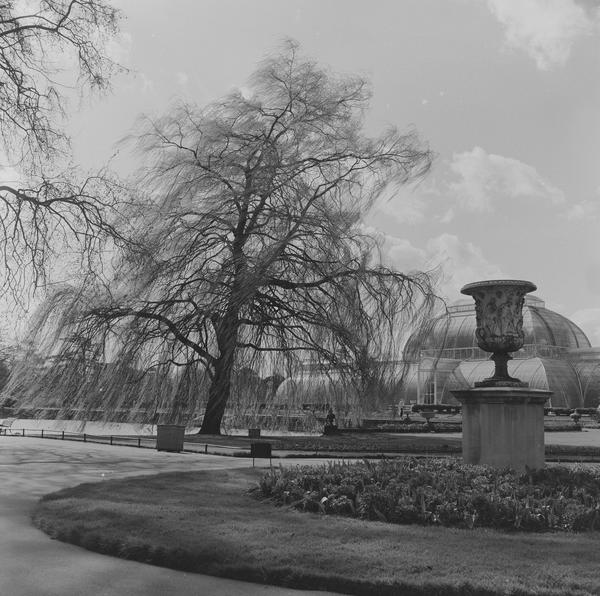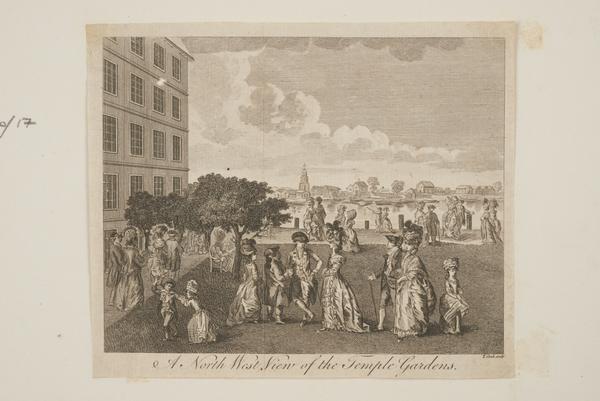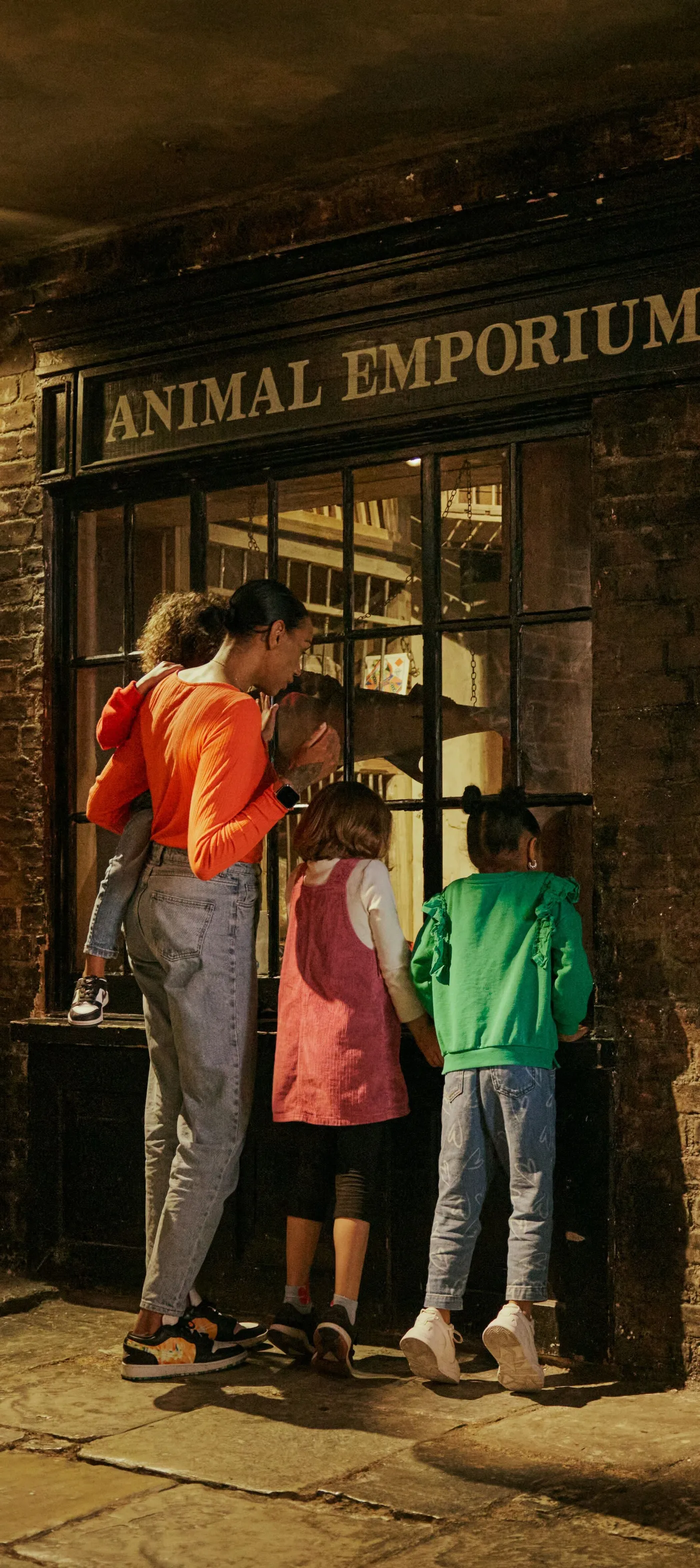London’s historic gardens
Gardens have long been a feature of London’s landscape. They’ve been used to grow food and medicinal herbs, for studying plants from across the world, or to find a moment of calm among the city chaos. Gardens were often attached to monasteries and other institutions, or began as the retreats of royals and the wealthy. Many are now open for all to enjoy.
Across London

Chiswick House Gardens, Hounslow
Built in the 1720s, Chiswick House and its gardens were inspired by the ancient world, and feature a Greek temple, Egyptian obelisks and sphinxes. Its large, fragile glass conservatory was built in the early 1800s, and was originally used to grow fruit. The geometric flower beds of the Italian Garden outside inspired a revival of formal gardens in England.

Chelsea Physic Garden, Kensington & Chelsea
Built in 1673, this is London’s oldest botanic garden, which is essentially an outdoor classroom where plants are used for research, conservation and education. It’s the home of many other firsts: England’s first cedar trees (planted in 1685), England’s first heated glasshouse (built in 1723), and possibly the world's first botanic rock garden (built in 1773).

Ham House Garden, Richmond upon Thames
Sitting on the banks of the River Thames, Ham House is a rare survivor of a 17th-century estate. In the 1970s, restoration work based on historic records brought the grand gardens to their former glory. Today, just like 400 years ago, you can sample produce from the walled kitchen garden via the cafe, or take a quiet moment among the trees and shrubs of the wilderness garden.

Hampton Court Gardens, Richmond upon Thames
Hampton Court’s glorious gardens have been shaped by its many royal owners over the past 500 years. You can roam the pond garden, wilderness garden and ‘privy’ (private) garden like the kings and queens of the past. There’s a 250-year-old grape vine – the largest in the world. And you can also twist through Britain’s oldest surviving hedge maze, built for William III in around 1700.

Inner and Middle Temple Gardens, City of London
The Inner and Middle Temple are two of the City’s four Inns of Court, legal organisations for the country's barristers. Their gardens date back to the 1300s, and were separated into two distinct grounds in the 1400s. They remained a haven of green as the City – and its smog – built up around them. In the 1800s, the forerunner to the Chelsea Flower Show was hosted there.

Westminster Abbey Gardens, City of Westminster
Westminster Abbey was a monastery until 1540. The College Garden, built 900 years ago, was once used to grow food and medicinal herbs for resident monks. There’s still a herb garden today, plus a small meadow and rose garden. There are also two smaller gardens: one was used by monks for quiet reflection, and the other, near the old hospital, was where they’d recover from illness.

Kensington Gardens, City of Westminster and Kensington & Chelsea
This area was previously part of Hyde Park, King Henry VIII’s deer-hunting playground. In the late 1600s, new monarchs William III and Mary II turned it into a separate palace garden. You can stroll down the tree-lined Broad Walk, once a fashionable place to be seen. And you can wander among the Italian Garden’s water features, a gift to Queen Victoria from Prince Albert in the 1860s.

Eltham Palace Gardens, Greenwich
Once a medieval manor, and later a Tudor palace, what you see of Eltham Palace today is mostly the mansion built by the wealthy Courtauld family in the 1930s. Much of what you can explore is a rare survival of a 1930s garden, including the rock and rose gardens. But the moat and late 15th-century bridge crossing it transport you back to what the manor would have looked like 600 years ago.
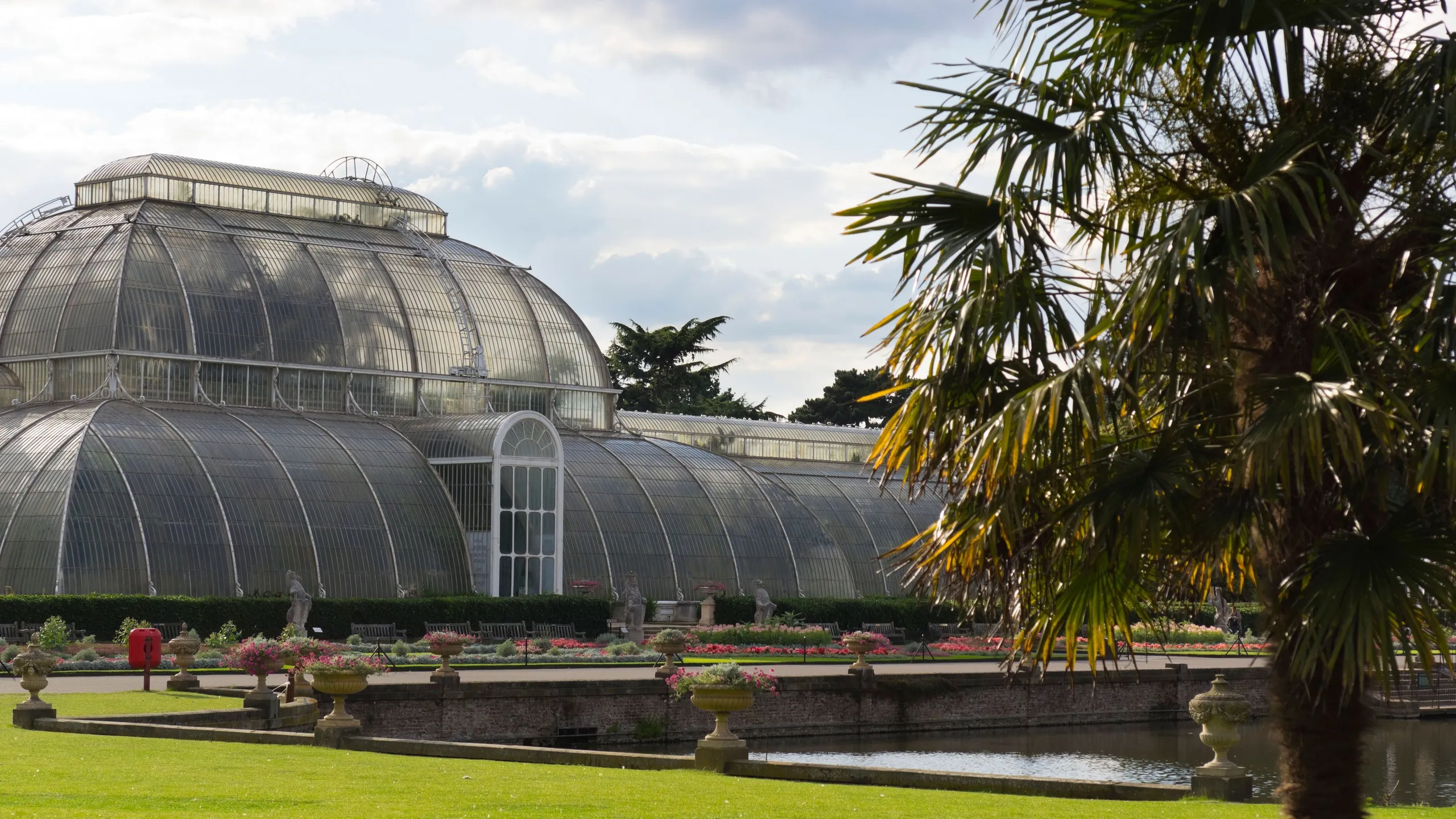
Kew Gardens, Richmond upon Thames
Kew Gardens was founded as a botanic garden in 1759, but there have been privately owned gardens on this stretch of the Thames since at least the 1500s. The garden transformed into a centre for scientific research and a home for plants from across the world – totalling over 50,000 today. In 2003, UNESCO recognised its historical and scientific importance by listing it as a World Heritage Site.

